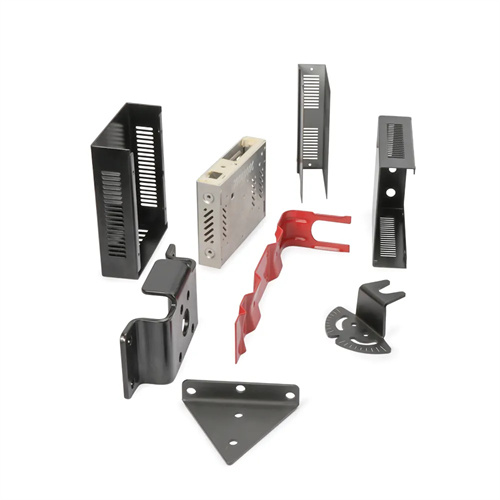Copper and copper alloy flat wire
Copper and copper alloy flat wires are rectangular or flat wire products with excellent electrical conductivity, large heat dissipation area, and high space utilization. They are widely used in motors, transformers, reactors, and magnet wire. Materials include pure copper (T1, T2), brass (H62, H65), and bronze (QSn4-0.3). Pure copper flat wire has a conductivity of ≥97% IACS, making it suitable for applications requiring high conductivity. Brass flat wire offers high strength (tensile strength ≥350 MPa) and excellent wear resistance, making it suitable for areas subject to high mechanical stress. Bronze flat wire offers excellent corrosion resistance, making it suitable for use in humid or corrosive environments. Flat wires come in a variety of sizes, ranging from 0.8-5 mm in thickness, 2-20 mm in width, and with corner radii of 0.2-1 mm. These can be customized to suit the winding design of different equipment.

The production process for copper and copper alloy flat wire requires multiple precision machining steps, including drawing, rolling, and annealing. First, high-quality copper or alloy rod (8-15mm in diameter) is rough-drawn into round wire (2-6mm in diameter) at a drawing speed of 10-20m/s to ensure a smooth, defect-free surface. The round wire is then rolled into a flat cross-section using a flat wire mill. The rolling process controls the reduction and speed (5-10m/s) to ensure cross-sectional accuracy (thickness tolerance ±0.02mm, width tolerance ±0.05mm) and smooth corner transitions. For flat wire requiring high strength, intermediate annealing (300-500°C) is required to eliminate work hardening and improve plasticity. The finished flat wire undergoes tension straightening (straightness ≤0.5mm/m), cleaning, and painting (if required). The finished wire then undergoes dimensional inspection, tensile testing, and resistivity testing to ensure product quality.

In motor manufacturing, copper and copper alloy flat wire are core winding materials, significantly improving motor efficiency and power density. New energy vehicle drive motors utilize T2 pure copper flat wire, a 2.5mm x 5mm rectangular cross-section. Compared to traditional round wire windings, this increases the slot fill rate to over 75%, resulting in a 20% increase in motor power density and a 3% increase in efficiency for one electric vehicle manufacturer. Industrial asynchronous motor stator windings utilize H62 brass flat wire, whose high strength can withstand the centrifugal forces of high-speed operation. This has extended the service life of a water pump motor to 15,000 hours. Wind turbine generator windings utilize varnished copper flat wire, rated for temperatures up to 180°C, capable of withstanding the high temperatures within the nacelle. This has reduced the generator failure rate at one wind farm by 40%.

The use of copper and copper alloy flat wire in transformers and reactors can reduce losses and improve equipment performance. Power transformer windings utilize T1 pure copper flat wire, with a compact coil structure achieved through multiple layers of stacking. This has reduced losses by 5% for a 110kV transformer at a certain transformer manufacturer. Ultra-thin copper flat wire (0.8mm thick, 5mm wide) is used for high-frequency reactor windings to reduce losses caused by the skin effect, resulting in an 8% increase in reactor efficiency for a certain power electronic device. Rail transit traction transformers utilize vibration-resistant copper alloy flat wire, with special insulation treatment to withstand the high-frequency vibrations experienced during train operation. This has extended the maintenance cycle of a high-speed rail traction transformer to eight years.

As electrical equipment evolves towards higher efficiency and smaller dimensions, copper and copper alloy flat wire continues to innovate in performance and variety. Manufacturers have developed flat wire with special cross-sections (such as trapezoidal and semicircular shapes) to further improve slot fill rates, reducing the size of a compressor motor by 15%. For high-temperature environments, heat-resistant copper alloy flat wire (such as Cu-Ni-Si alloy) has been developed, maintaining stable conductivity at 200°C and suitable for aerospace motors. In terms of process, continuous rolling and annealing technology is being used to improve the dimensional accuracy and performance uniformity of the flat wire. One company’s product achieves a thickness tolerance of ±0.01mm and a pass rate of 99.5%. With the rapid development of industries such as new energy vehicles and energy storage devices, demand for copper and copper alloy flat wire will continue to grow, driving the development of materials with higher strength and conductivity.
